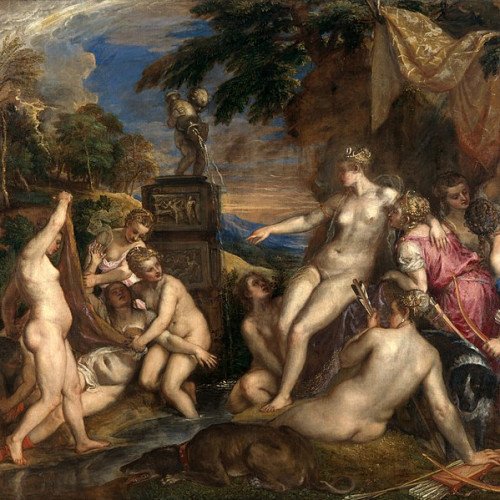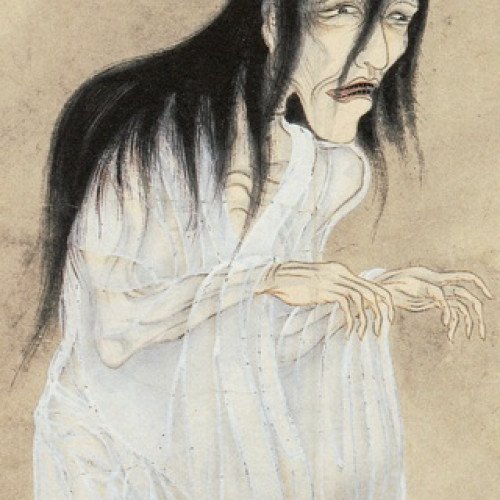Callisto (mythology) VS Ghost

Callisto (mythology)
In Greek mythology, Callisto or Kallisto (; Ancient Greek: Καλλιστώ [kallistɔ̌ː]) was a nymph, or the daughter of King Lycaon; the myth varies in such details. She was one of the followers of Artemis, or Diana for the Romans, who attracted Zeus (Jupiter). According to some writers, Zeus transformed himself into the figure of Artemis to lure Callisto and seduce her. She became pregnant and when this was eventually discovered, she was expelled from Artemis's group, after which a furious Hera (Juno), the wife of Zeus (Jupiter), transformed her into a bear. Later, just as she was about to be killed by her son when he was hunting, she was set among the stars as Ursa Major ("the Great Bear"). She was the bear-mother of the Arcadians, through her son Arcas by Zeus. The fourth Galilean moon of Jupiter and a main belt asteroid are named after Callisto.
Statistics for this Xoptio

Ghost
In folklore, a ghost is the soul or spirit of a dead person or animal that can appear to the living. In ghostlore, descriptions of ghosts vary widely from an invisible presence to translucent or barely visible wispy shapes, to realistic, lifelike forms. The deliberate attempt to contact the spirit of a deceased person is known as necromancy, or in spiritism as a séance. Other terms associated with it are apparition, haunt, phantom, poltergeist, shade, specter or spectre, spirit, spook, and wraith. The belief in the existence of an afterlife, as well as manifestations of the spirits of the dead, is widespread, dating back to animism or ancestor worship in pre-literate cultures. Certain religious practices—funeral rites, exorcisms, and some practices of spiritualism and ritual magic—are specifically designed to rest the spirits of the dead. Ghosts are generally described as solitary, human-like essences, though stories of ghostly armies and the ghosts of animals rather than humans have also been recounted. They are believed to haunt particular locations, objects, or people they were associated with in life. According to a 2009 study by the Pew Research Center, 18% of Americans say they have seen a ghost.The overwhelming consensus of science is that there is no proof that ghosts exist. Their existence is impossible to falsify, and ghost hunting has been classified as pseudoscience. Despite centuries of investigation, there is no scientific evidence that any location is inhabited by spirits of the dead. Historically, certain toxic and psychoactive plants (such as datura and hyoscyamus niger), whose use has long been associated with necromancy and the underworld, have been shown to contain anticholinergic compounds that are pharmacologically linked to dementia (specifically DLB) as well as histological patterns of neurodegeneration. Recent research has indicated that ghost sightings may be related to degenerative brain diseases such as Alzheimer's disease. Common prescription medication and over-the-counter drugs (such as sleep aids) may also, in rare instances, cause ghost-like hallucinations, particularly zolpidem and diphenhydramine. Older reports linked carbon monoxide poisoning to ghost-like hallucinations.In folklore studies, ghosts fall within the motif index designation E200-E599 ("Ghosts and other revenants").